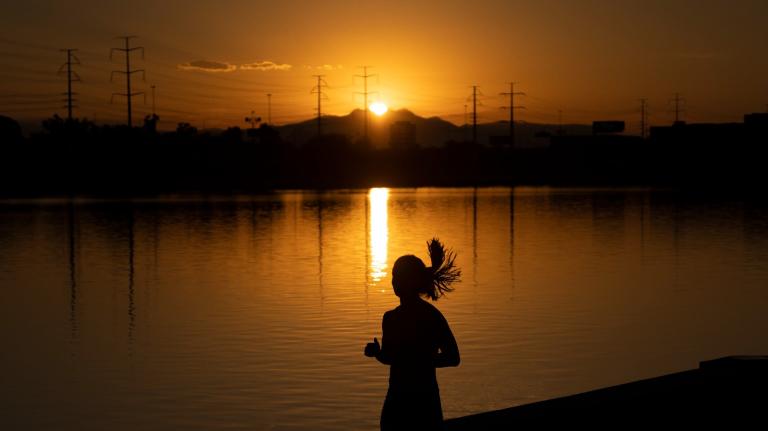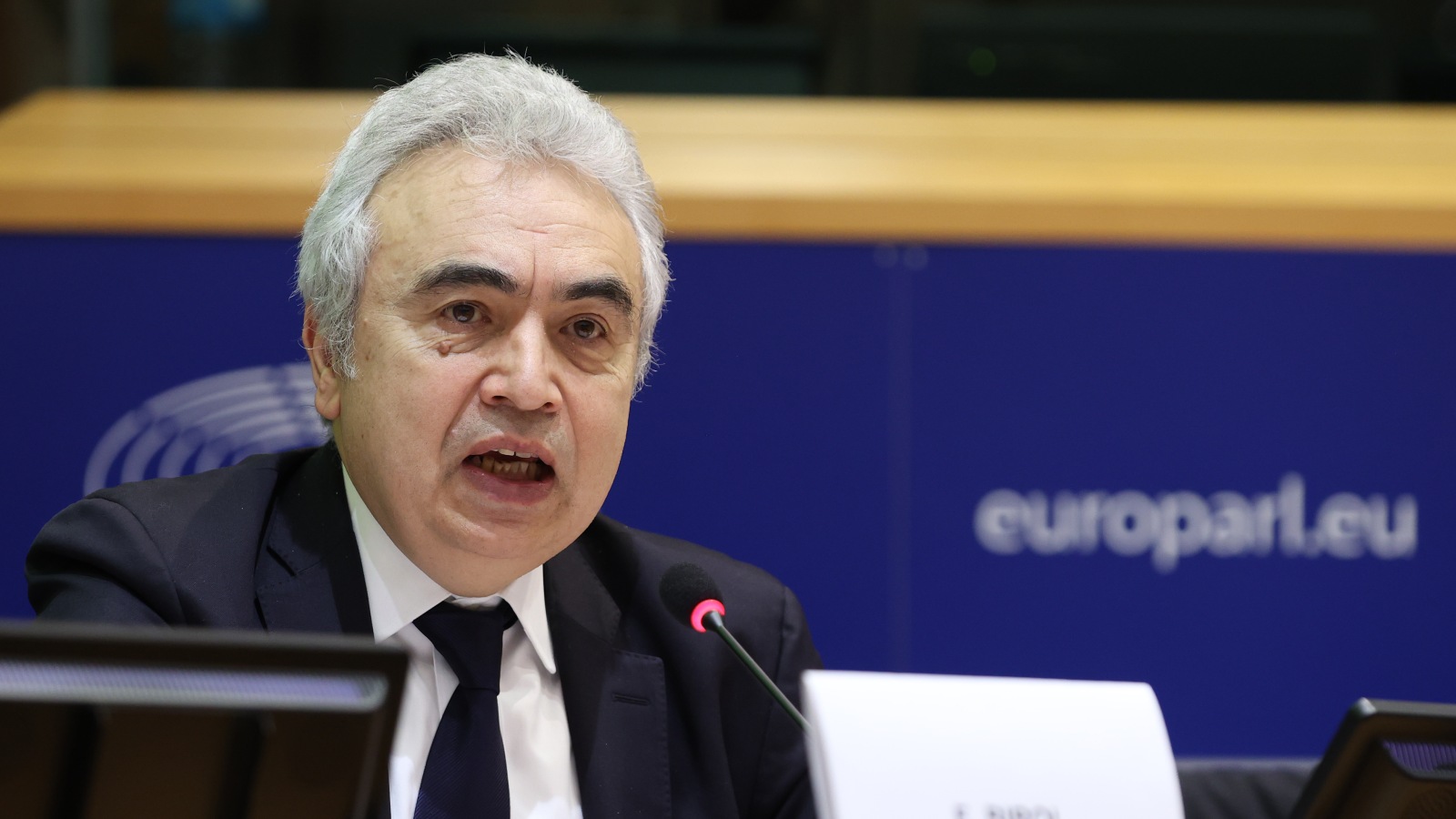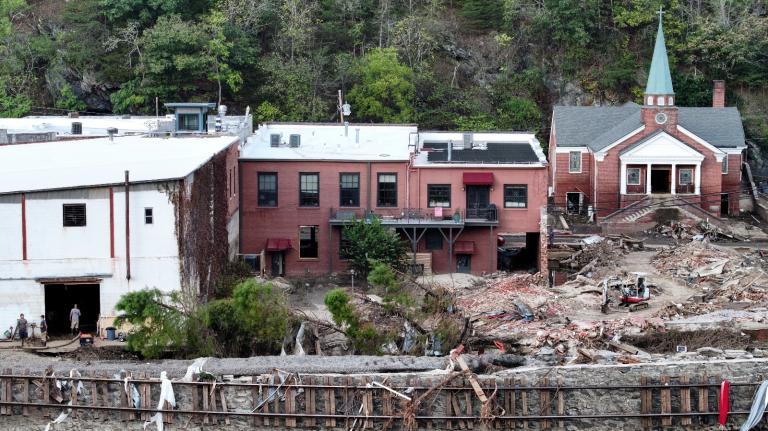Limiting global warming to 1.5 degrees Celsius is still within reach if countries rapidly scale up renewables within the next decade, the International Energy Agency announced on Tuesday.
The agency’s new report is an update to its Net Zero Roadmap from 2021, which outlined scenarios for the world to reach net-zero emissions by 2050. According to the IEA, solar power installations and electric vehicle sales are on track to help reach that target, owing to a rapid growth in both technologies over the last two years.
“Despite the scale of the challenges, I feel more optimistic than I felt two years ago,” said Fatih Birol, the IEA’s executive director, in an interview with the Guardian.
But on pretty much every other front, the agency warned that countries still need to make much more progress to reach net-zero by 2050 and have a shot at limiting warming to 1.5 degrees Celsius, an ambitious target set in the 2015 Paris Agreement. Global carbon emissions reached a record high in 2022, driven in part by rising electricity demand during extreme weather events and coal-fired power in Asia. While the IEA says that demand for oil, natural gas, and coal should peak this decade, the current rate of clean energy development is still “not nearly enough.”
“The pathway to 1.5 degrees C has narrowed in the past two years, but clean energy technologies are keeping it open,” Birol said in a press release.
To reach net-zero by 2050, countries will need to triple renewable power capacity and double the rate of energy efficiency improvements by 2030, according to the agency. They will also need to cut 75 percent of methane emissions from fossil fuels — a solution that would cost $75 billion, or just 2 percent of the oil and gas industry’s profits in 2022. Altogether, global clean energy investments will need to rise from $1.8 trillion this year to $4.5 trillion each year by the early 2030s.
The agency also called for the end of new oil and gas projects and coal-fired power plant approvals, echoing a recent U.N. report that identified removing oil and gas subsidies and phasing out fossil fuels as key strategies to slow climate change.
The report’s findings arrive ahead of U.N. climate negotiations at the COP28 summit in Dubai this November, where world leaders are expected to review national climate commitments made under the Paris Agreement. The IEA found that current pledges made by countries to lower emissions are “not sufficient” to reach net-zero emissions by 2050, and that all target dates for national net-zero pledges need to be moved up. Failure to do so would make limiting warming to 1.5 degrees Celsius dependent on carbon removal technologies, which the report noted are “expensive and unproven at scale.”
Critics ranging from world leaders to Indigenous activists have denounced the lack of progress made at these annual U.N. conferences. The world’s biggest carbon polluters have put forth very different timelines for reaching net zero. While many developed countries, including the United States and European Union, have set a target date of 2050, China has a target of 2060, and India’s target is 2070.
“We have the tools to hit those net-zero emissions targets,” Birol told the New York Times. “But the biggest worry for me is the growing political fragmentation between countries. There is no route to net zero without fair and effective international cooperation.”



